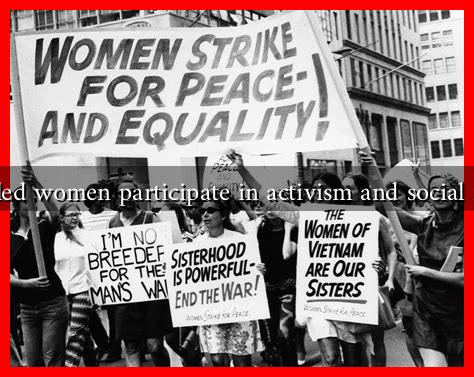-
Table of Contents
How Do Veiled Women Participate in Activism and Social Movements?
In recent years, the visibility of veiled women in activism and social movements has gained significant attention. Contrary to stereotypes that often portray veiled women as passive or oppressed, many are at the forefront of social change, advocating for their rights and the rights of others. This article explores the various ways in which veiled women engage in activism, the challenges they face, and the impact they have on social movements globally.
The Role of Veiled Women in Activism
Veiled women participate in activism across various platforms, including grassroots organizations, social media, and public demonstrations. Their involvement is often driven by a desire to challenge societal norms, advocate for gender equality, and address issues such as poverty, education, and political representation.
- Grassroots Movements: Many veiled women are involved in local grassroots organizations that focus on community issues. For instance, in countries like Egypt and Tunisia, women have played crucial roles in organizing protests and community outreach programs.
- Social Media Activism: Platforms like Twitter and Instagram have become vital tools for veiled women to share their stories and mobilize support. The hashtag #MuslimWomenSpeak has been used to amplify their voices and challenge stereotypes.
- Public Demonstrations: Veiled women have participated in significant protests, such as the Women’s March in the United States and the Black Lives Matter movement, showcasing their solidarity with broader social justice issues.
Case Studies of Veiled Women in Activism
Several notable examples illustrate the impactful roles veiled women have played in activism:
- Malala Yousafzai: Although not traditionally veiled, Malala represents the struggle for education among girls in Pakistan. Her activism has inspired countless women, including those who wear the hijab, to advocate for their right to education.
- Linda Sarsour: A prominent Palestinian-American activist, Sarsour has been a leading figure in the Women’s March and has used her platform to address issues of racial and gender inequality, often while wearing her hijab.
- Women of the Arab Spring: During the Arab Spring, many veiled women took to the streets to demand political change. Their participation was crucial in shaping the narrative around women’s rights in the Middle East and North Africa.
Challenges Faced by Veiled Women in Activism
Despite their significant contributions, veiled women often encounter unique challenges in their activism:
- Discrimination and Stereotyping: Veiled women frequently face discrimination based on their appearance, which can hinder their ability to participate fully in public life.
- Patriarchal Structures: In many societies, patriarchal norms can limit women’s roles in activism, making it difficult for veiled women to be taken seriously as leaders.
- Safety Concerns: Activism can expose veiled women to threats of violence or harassment, particularly in regions with high levels of political instability.
The Impact of Veiled Women in Social Movements
The participation of veiled women in activism has led to significant changes in societal perceptions and policies:
- Changing Narratives: By actively participating in social movements, veiled women challenge the narrative that they are oppressed, showcasing their agency and leadership.
- Policy Changes: Their involvement has contributed to policy changes in areas such as education, healthcare, and women’s rights in various countries.
- Global Solidarity: Veiled women have forged connections with other marginalized groups, creating a sense of solidarity that transcends cultural and geographical boundaries.
Conclusion
Veiled women are integral to the fabric of activism and social movements worldwide. Their participation not only challenges stereotypes but also drives meaningful change in their communities and beyond. As they continue to advocate for their rights and the rights of others, it is essential to recognize and support their efforts. By amplifying their voices and addressing the challenges they face, society can move towards a more inclusive and equitable future.
For further reading on the role of women in activism, you can explore resources from organizations like Women’s March and Malala Fund.

